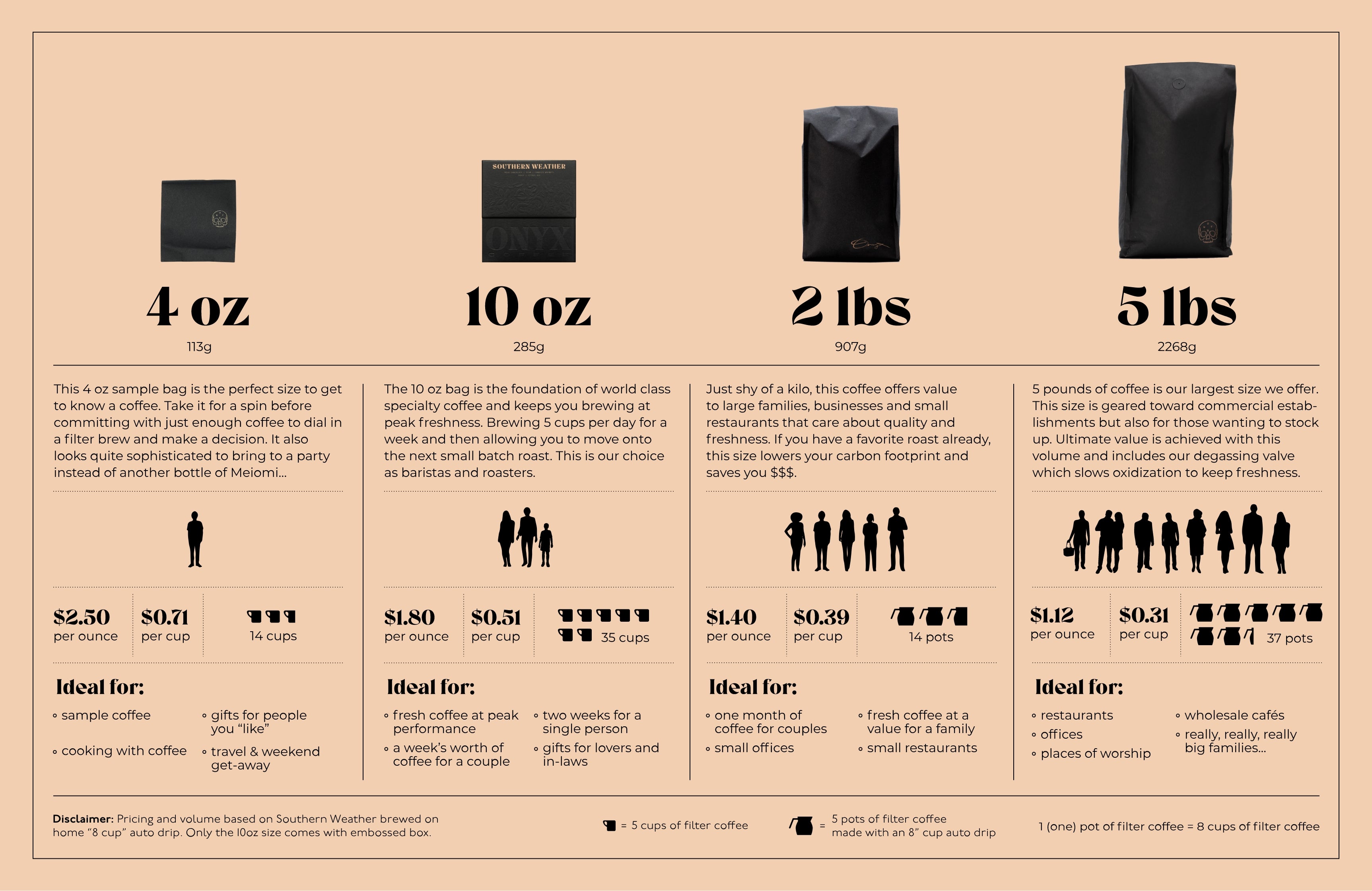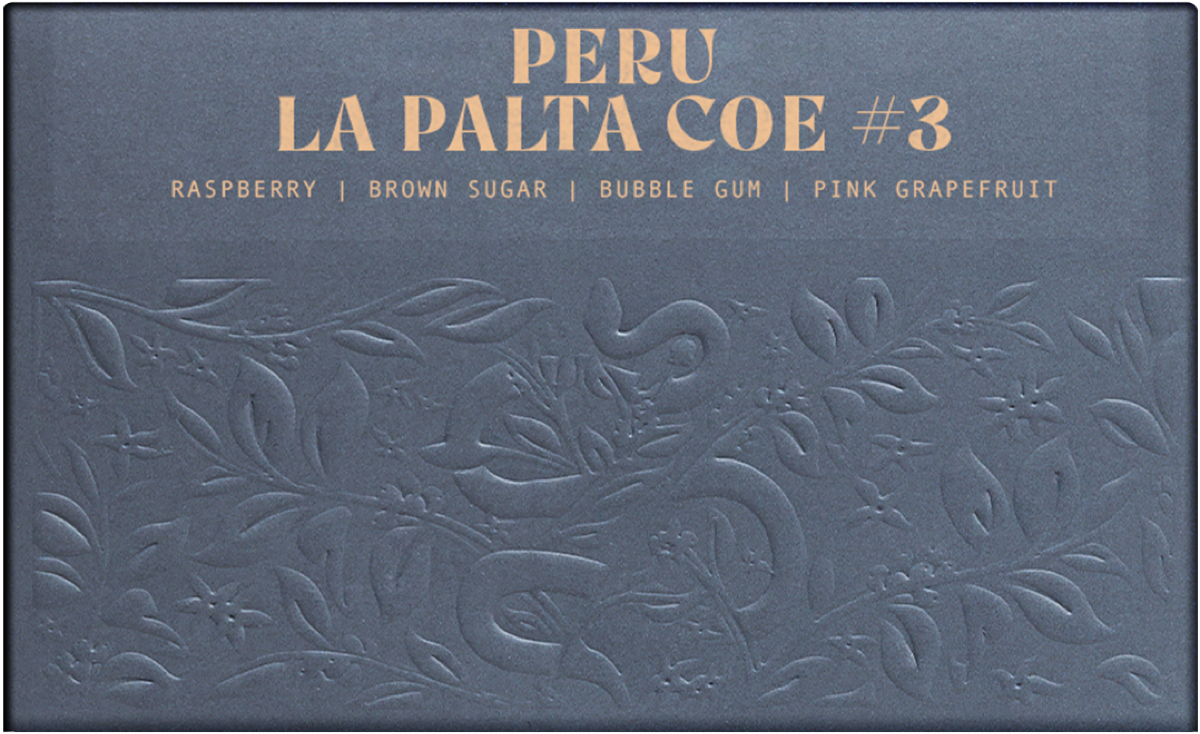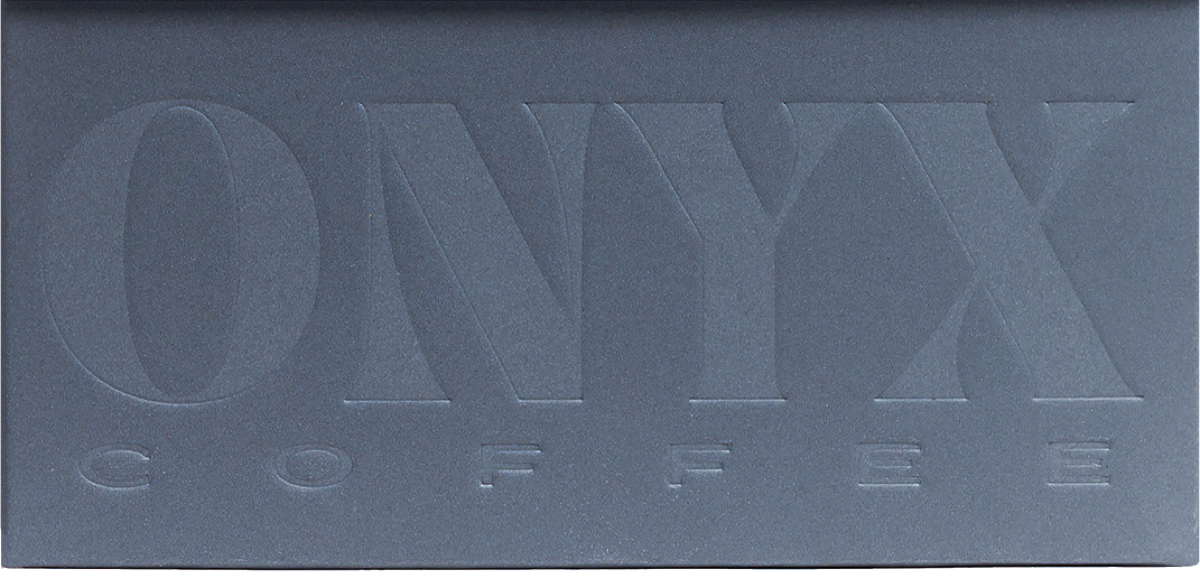Story
This is our second release from the region of Jaen, Peru this season. This Cup of Excellence offering is from the same region as the Celestino Rodriguez. The city of Jaen is ideally situated as a coffee trading hub, with elevation souring from 1700 MASL up to 1900 MASL. Processing coffee cherry here is also made easier by the abundant supply of fresh water. It’s here that the farm of Jose Elmer Tineo Mendoza is located. Situated at 1800 MASL, the La Palta grows many of the varieties you’d come to expect within the department of Jaen. Bourbon and Typica dominate Peru as the productive varieties, and La Palta does not stray from that path. Processing sets La Palta apart from many neighbors, as Elmer Tineo Mendoza and his son have been conducting many processing experiments. This lot selection processed specially for the Cup of Excellence has a pre-fermentation of nearly 24 hours, imparting a complex fruity sweetness reminiscent of wine. Finished as a traditional natural, this coffee has all the characteristics you’d come to expect from a naturally processed coffee. We are extremely excited to take part in the 2021 Peru Cup of Excellence auction, and we hope to source coffees from La Palta for many more seasons.
CUP OF EXCELLENCE
Since 1999, the COE program has sought to connect developing coffee producers from around the world to roasters willing to pay a premium on their coffee. In each country that the Cup of Excellence takes place, thousands of coffees are vetted and put through one of the most rigorous quality panels a coffee can undergo. After dozens of industry-standard cuppers evaluate the coffee, a rank begins to form as scores are input and averaged out. This process yields a clear winning coffee, as well as a top-ten rank that will be auctioned off to roasters around the world. This auction process promotes higher premiums paid to farmers while operating on a transparency-based infrastructure. These premiums paid to farmers motivate them to reinvest in the harvest, while also placing a precedent that they can be rewarded and recognized for a harvest of exemplary quality.
Thank you to both the ACE and to Alejo Castro for supplying information to make this write-up (and coffee) possible.
NATURALLY PROCESSED COFFEE
Natural coffees are beautiful…Okay, natural coffees are beautiful when done properly, but can be equally terrible when things go wrong. Natural processing, or dry processing, refers to the act of drying and fermenting coffee inside the cherry. Long before the age of portafilter tattoos and dual-boiler home espresso machines, coffee was picked and dried this way out of convenience. It is, to this day, still the most convenient and economically friendly way to process coffee cherries. (It’s estimated that dry-processing can use up to 90% less water than the washing process.) So why isn’t all coffee processed this way? Well, as coffee made its way across the world, it was commoditized and standardized, just like all other products spread by colonialism, but that’s a whole other story... Adding to the boom of washed processing, the natural process method can be tricky to get right, due to the delicate nature of fermentation and drying. What does all this have to do with the final cup? Well, when you leave the skin and fruit of the coffee cherry on the seed throughout fermentation and drying, that fruit begins to break down, imparting esters that influence delicate florals and big fruit notes into the seed that survive the roasting process. If it’s rushed or handled incorrectly, this fruit rot can lend off-flavors to the coffee, making the final cup dirty or ‘fermenty.’ Basically that single cherry begins to slowly decay, and controlling that delicate action through advanced technique and metrics allow us, lucky folks, to drink wonderfully floral and fruity coffees. We have long promoted natural processed coffees, and this microlot from Peru is the one reason why we do.



